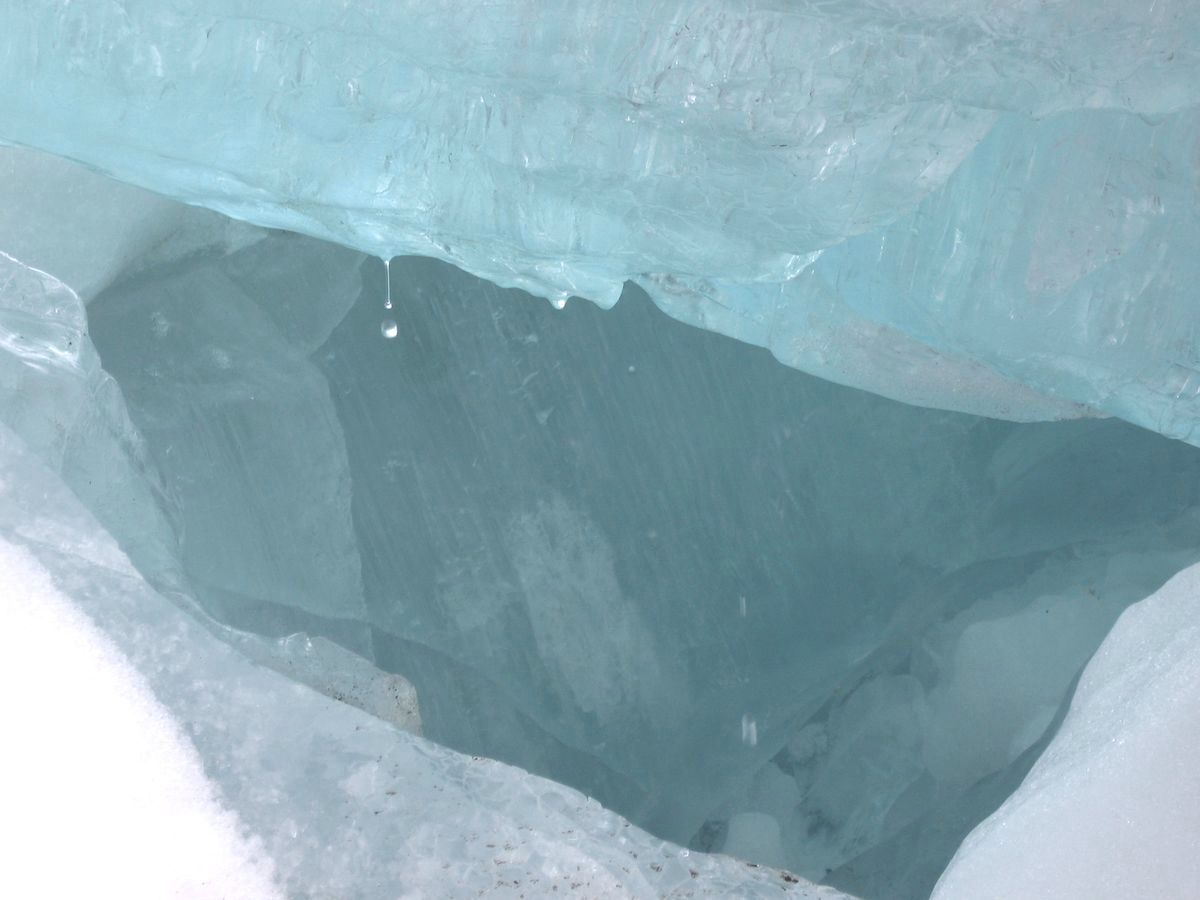#ARCTIC. #SIBERIA. THIS IS TAIMYR. British scientists were experimenting with the usual form of ice, which has a hexagonal crystal lattice, and accidentally discovered a new form, called MDA (medium-density amorphous).
The discovery cast doubt on the theory that liquid water consists of two immiscible liquids that, when frozen, form amorphous ice of low and high density. TASS talks about the experience with reference to an article in the journal Science.
According to University College London professor Christoph Saltzman, scientists have discovered a third form of amorphous ice with an average density. Its properties are more similar to liquid water than to other forms of frozen water.

The researchers cooled the ice crystals to minus 200 degrees Celsius and ground them. The resulting white powder had an average density and was similar in chemical and physical properties to liquid water if its molecules suddenly stopped or slowed down sharply.
The new shape looks more like glass than crystalline ice. In the future, scientists hope to reveal the true, in their opinion, structure of liquid water and find an explanation for its unique properties.
Now physicists know about two dozen different variations of ice – they differ in structure, density, melting point and other properties. Most of these alternative forms of ice are not found on Earth, but are widespread in space and on other planets.
Previously, scientists explained why information about sea ice is very important for navigation in the North – floating ice is distinguished by shape, size, concentration and other features.
Follow us on Telegram, VKontakte.



